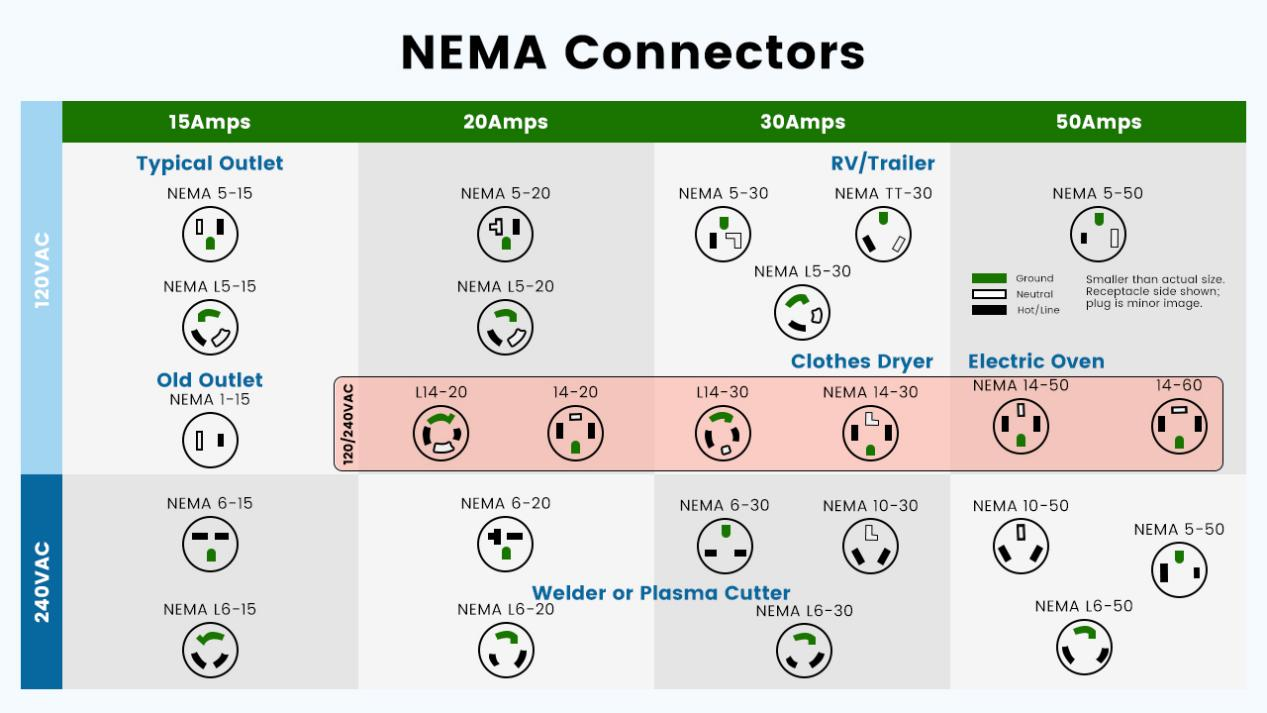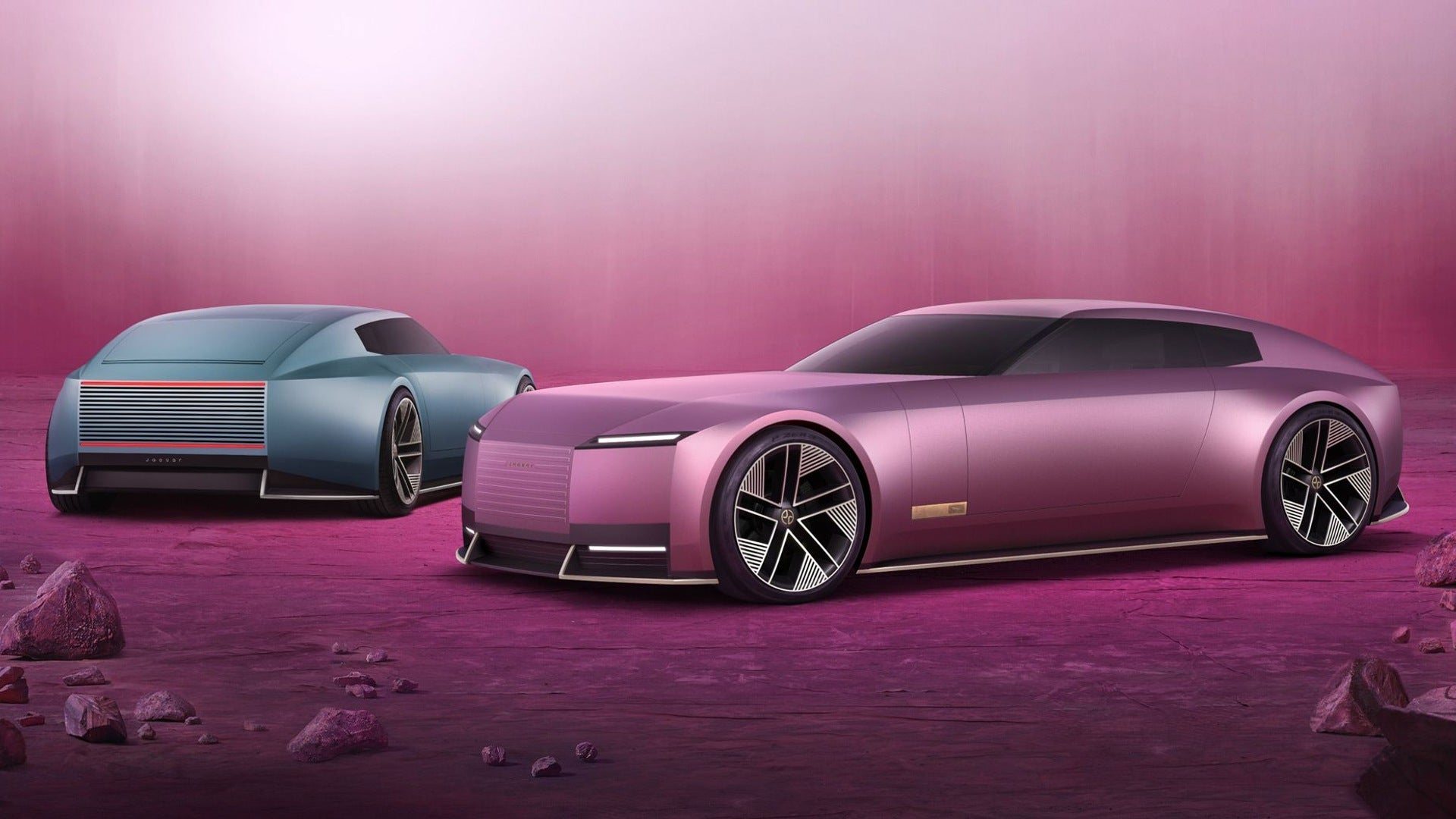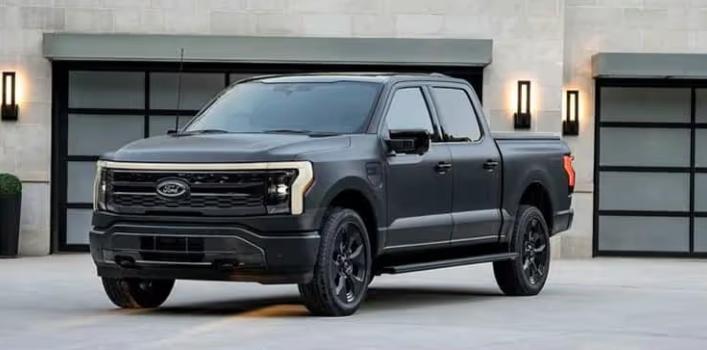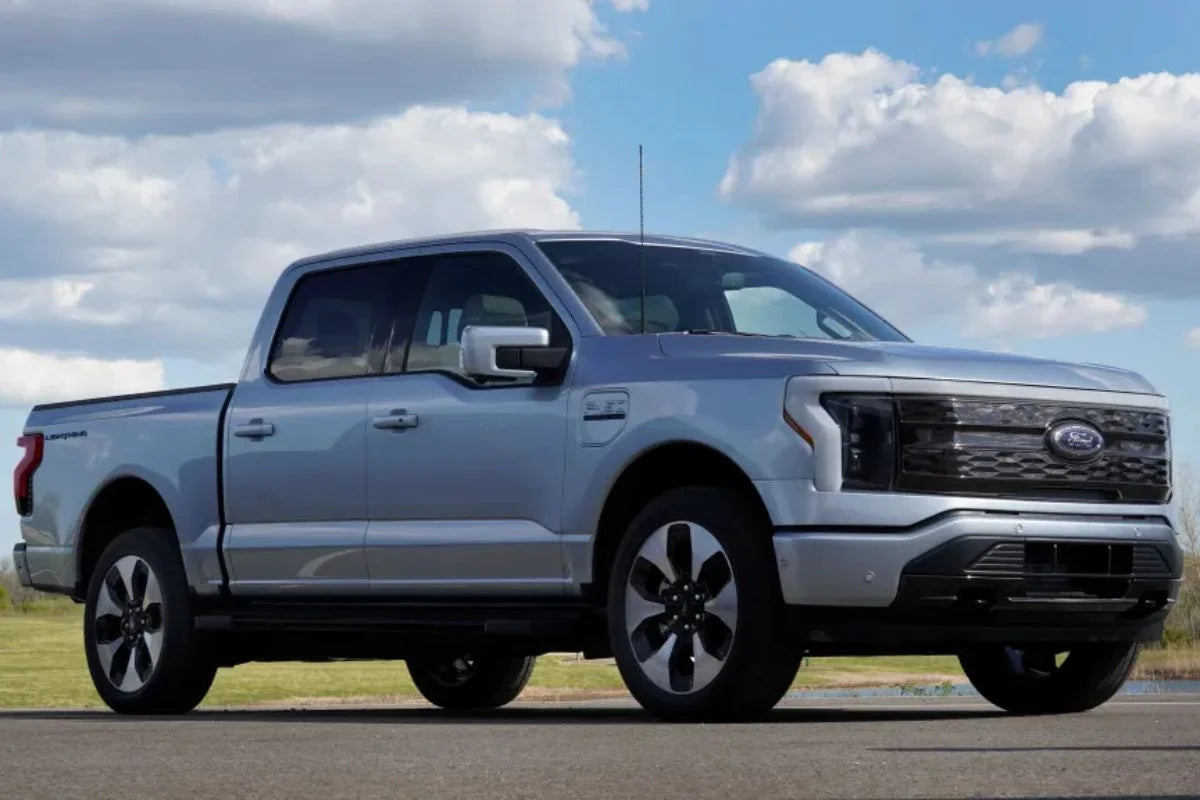Auteur : Lay Wen
Dans le monde des connecteurs électriques, notamment pour les sèche-linge et les chargeurs de véhicules électriques, deux types de fiches sont fréquemment utilisés : NEMA 10-30P et NEMA 14-30P . Bien qu'apparemment similaires et répondant à des besoins comparables, leurs différences techniques et leurs contextes d'utilisation sont essentiels pour la sécurité et la compatibilité.
Cet article explore les distinctions entre les prises NEMA 10-30P et 14-30P, leurs applications actuelles et les considérations pour les propriétaires de véhicules électriques et les propriétaires qui prennent des décisions en matière d'infrastructure.
Principales différences entre NEMA 10-30P et NEMA 14-30P

La norme de vieillissement 10-30P
Les prises NEMA 10-30P étaient courantes dans les maisons construites avant le milieu des années 1990. Ces prises ne disposent pas de fil de terre dédié et doivent être mises à la terre par le neutre, une pratique désormais considérée comme dangereuse selon les normes modernes. Par conséquent, le Code national de l'électricité (NEC) ne recommande plus l'installation de prises 10-30P dans les nouvelles constructions ou les rénovations.
Malgré cela, de nombreuses maisons anciennes disposent encore de prises 10-30P, notamment pour les sèche-linge. Les propriétaires de véhicules électriques dans ces logements utilisent souvent des adaptateurs pour brancher les chargeurs modernes de niveau 2. Cependant, la prudence est de mise en raison de l'absence de mise à la terre, qui peut présenter un risque d'incendie ou de décharge électrique.
L'avantage moderne du 14-30P
Les prises NEMA 14-30P, en revanche, incluent un fil de terre séparé, ce qui les rend conformes aux normes NEC et nettement plus sûres pour les applications haute puissance telles que les sèche-linge électriques et la recharge de véhicules électriques.
De nombreux systèmes de recharge modernes pour véhicules électriques, dont le connecteur mobile de Tesla , prennent en charge les prises 14-30P directement ou via des adaptateurs homologués. Les propriétaires qui installent de nouvelles prises pour véhicules électriques ou qui en remplacent d'anciennes devraient sérieusement envisager de passer à la prise 14-30P, tant pour la conformité que pour leur tranquillité d'esprit .
Lequel devriez-vous utiliser ?
Si vous possédez déjà une prise NEMA 10-30P :
-
Utilisez-le avec précaution et uniquement avec des adaptateurs correctement évalués qui atténuent les risques de sécurité.
-
Envisagez de passer à une prise 14-30P lors de votre prochaine mise à niveau électrique.
Si vous installez une nouvelle prise pour un chargeur de véhicule électrique :
-
Optez pour un connecteur NEMA 14-30P. Il est plus sûr, conforme aux normes et largement compatible avec les équipements des véhicules électriques.
Réflexions finales
Comprendre les différences entre les prises NEMA 10-30P et 14-30P est essentiel, surtout à l'ère de l'électrification domestique et de l'adoption croissante des véhicules électriques. Si la 10-30P est encore présente dans les systèmes traditionnels, la 14-30P est le choix évident pour pérenniser votre domicile et assurer une recharge sûre et fiable de votre véhicule électrique.








Partager:
Dépréciation des véhicules électriques : les modèles qui conservent leur valeur
Pourquoi la prise NEMA 14-30 est un choix judicieux pour la recharge des véhicules électriques à domicile